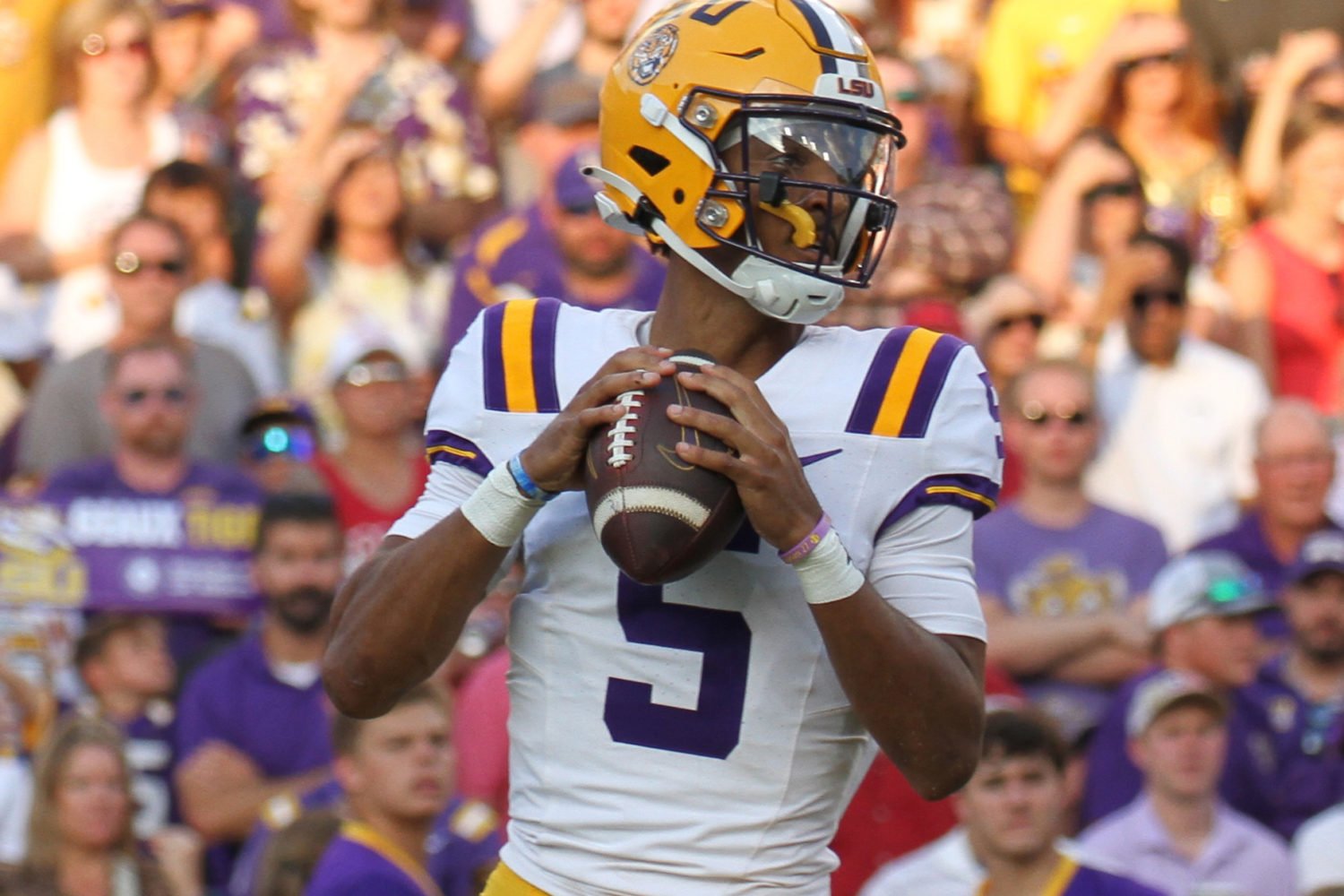Every day at steakhouses such as the Caucus Room, Capital Grille, Sam & Harry's, and Morton's, deals are negotiated, toasts are made, and diners pay three times what a wine is worth.
These power-broker dens are the most egregious examples of overpricing, but lots of restaurants charge too much for their wines. Diners routinely pay double or triple the retail price. Pry open the wine list at just about any big-name restaurant in town and you can find examples of wines overpriced by hundreds, sometimes thousands, of dollars a bottle. No diner likes paying a lot for a bottle of wine with a meal, but unfortunately most feel they have no recourse. Either pony up or stay at home.
But it is possible to drink well and affordably in a restaurant—if you know where to go and if you know how to use the rules to your advantage.
Of a restaurant’s three controllable costs—food, beverage, and service—only food and beverage produce revenue. And because restaurants tend to be judged according to the cost of their food, it’s beverages that often get marked up the most, traditionally three times the restaurant’s cost. Restaurants don’t buy wine at retail; they get it at wholesale or less—about two-thirds what it costs in a wine store.
Granted, a restaurant has to pay for cooks, servers, and managers as well as glassware and other costs. While the justification to diners is often that they’re paying for the privilege of drinking a nice beverage with the chef’s food, the truth is that beer, wine, and liquor are most restaurants’ top profit centers.
From a diner’s perspective, it doesn’t matter what a restaurant paid for the wine; the thought of paying three-times-retail is enough to cause a hangover without drinking a drop.
Sommeliers justify these markups by saying the wines are lovingly selected and chosen to go with the chef’s cuisine. Sometimes that’s true, but there are also many high-profile restaurants with wine programs seemingly run by accountants who agree to put wines on their lists in return for trips and other perks from distributors. This may not be wrong in and of itself, but it doesn’t serve the diner.
Some restaurateurs, such as Michel Verdon of Bistrot du Coin in DC’s Dupont Circle, are finding ways to help the customer. Verdon is known for buying distributor closeouts—wines that have been languishing unsold—to lower his beverage costs. These wines may not have gotten high marks from critics and may not be candidates for long-term aging, but they’re often perfect for a restaurant meal.
Dean Gold of Dino in Cleveland Park takes things a step further: Gold says he works hard to “create opportunities” by scanning sales lists and using his wine knowledge and negotiating skills to approach distributors with low offers.
Whereas Verdon and Gold work from within to keep prices down, there are external regulations that diners can take advantage of. In Virginia, Tallula and Evening Star Café are attached to retail wine stores and can sell those bottles through the restaurant—and they do so at only $10 over the retail cost, regardless of the price. Jaleo in Crystal City has recently picked up on that model, opening a small wine store in a corner of the restaurant. Another little-known Virginia regulation allows diners to recork a partially drunk bottle and take it home.
In the District, you can’t take wine out, but you can bring it in, and a surprising number of restaurants let people do it, charging “corkage fees” that can range from nothing—Charlie Palmer Steak allows each table to bring two bottles of American wine for free but charges $25 a bottle for non-American wines—up to $50 a bottle at CityZen. The typical charge is $15 to $25. It’s a way for diners to keep their bill down and saves restaurants from having to carry big wine inventories.
There are a few unwritten rules about bringing your own wines: First, call in advance to ask whether it’s allowed. And it’s frowned upon to bring a wine that’s on the restaurant’s list; any uncertainty can be cleared up during the call.
Always offer the server and chef a glass of the wines you bring, and don’t walk in with an entire case as though you’re at a picnic—many restaurants allow a maximum of two bottles per table.
Finally, there’s a difference between “inexpensive” and “cheap.” At one time, Gerard Pangaud discontinued his Monday-night corkage policy because people were walking into his restaurant carrying a bottle of plonk in a brown paper bag.
Corkage policies can be a win-win situation, and perhaps the best solution to overpriced wines, but only when the diner understands that they’re a courtesy and treats them with respect. Otherwise, be ready to pay $150 for that $48 bottle of Cabernet Sauvignon.

















